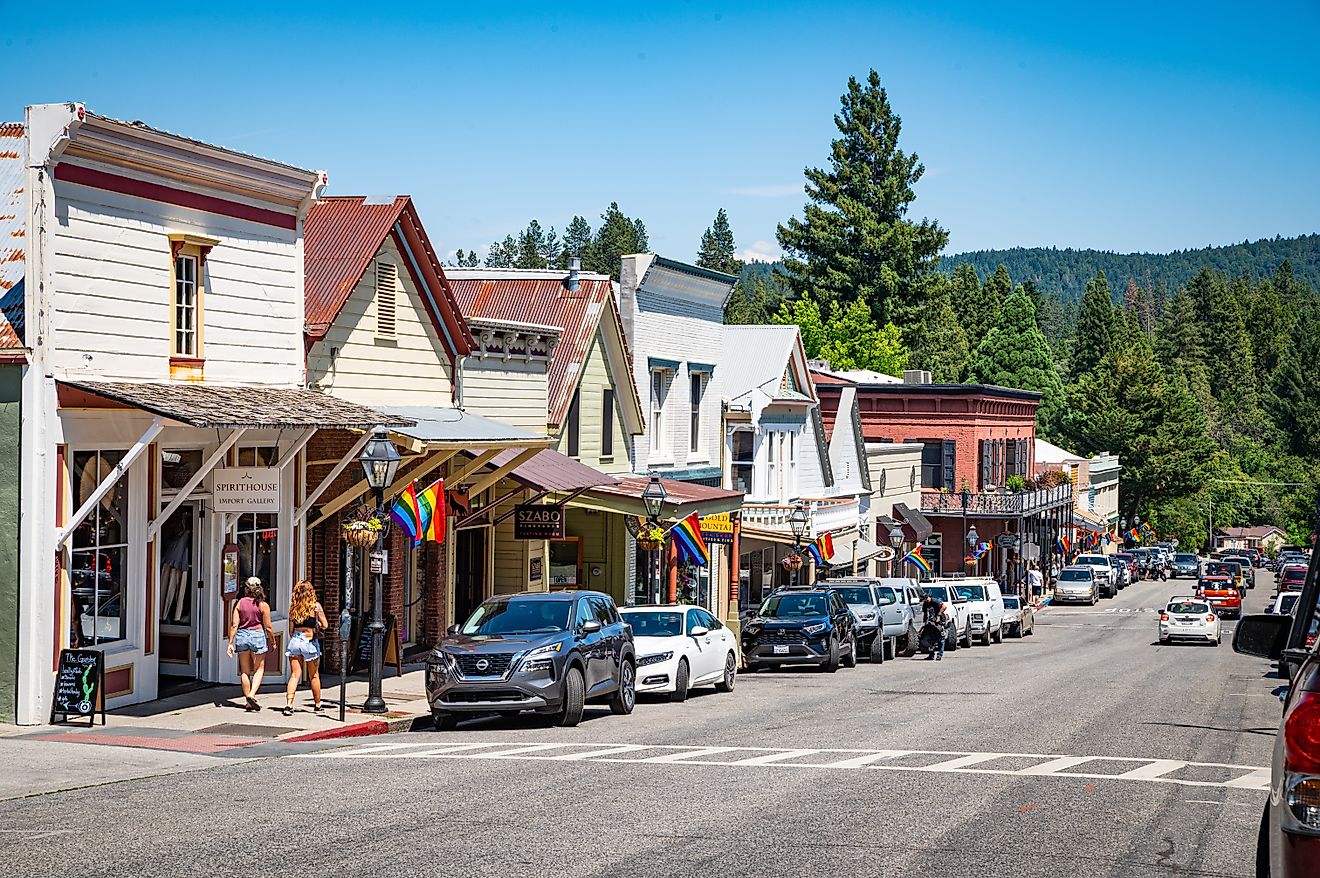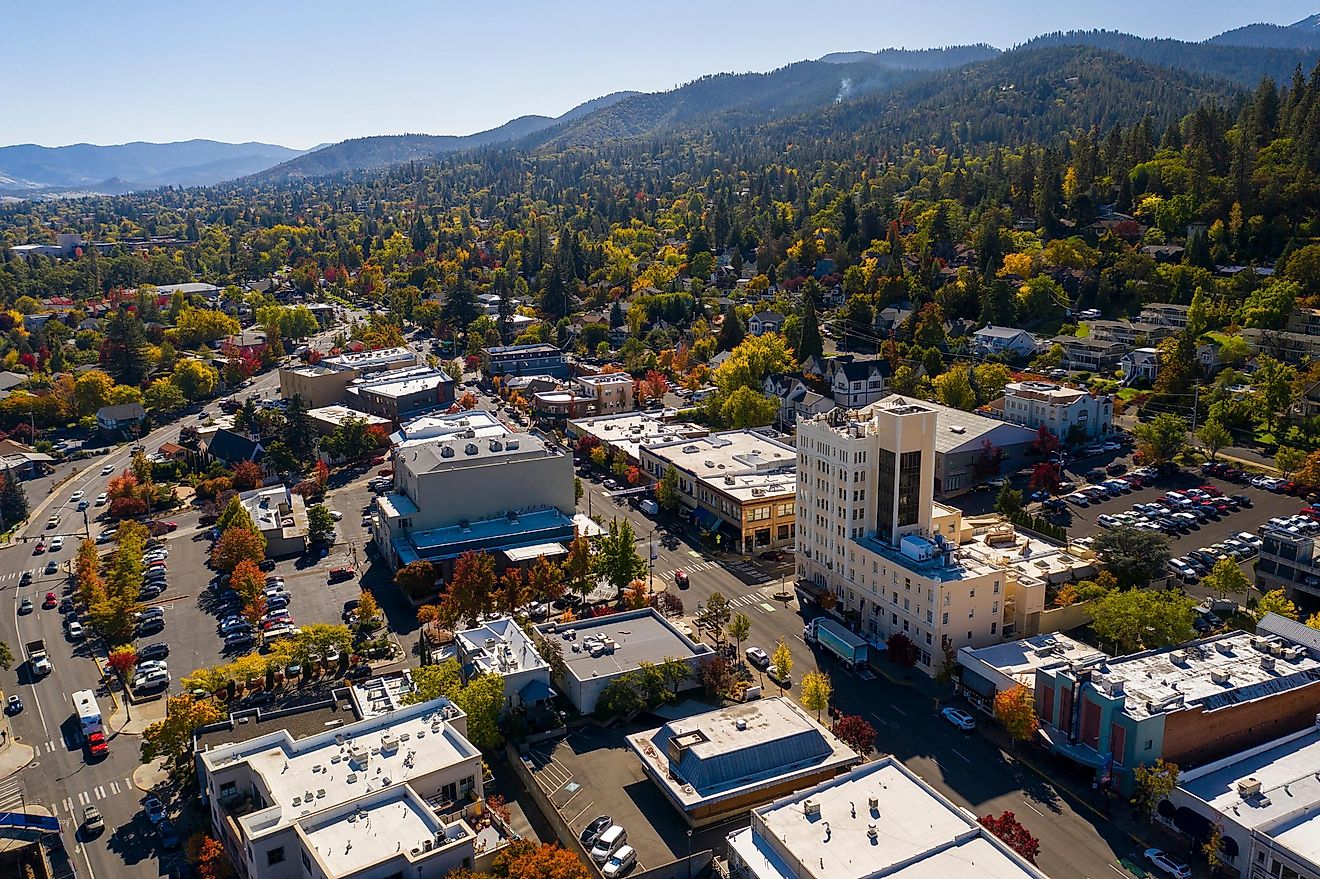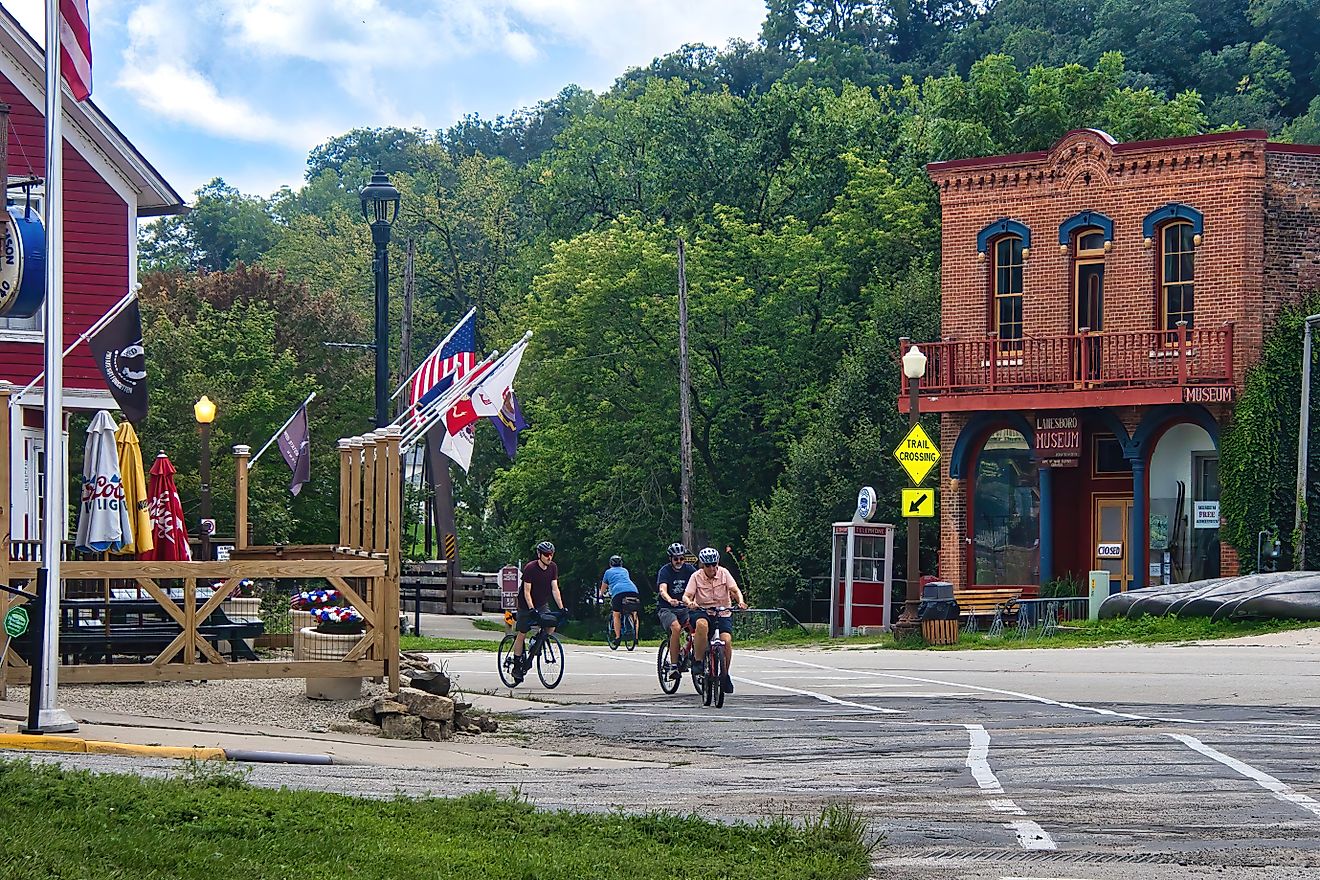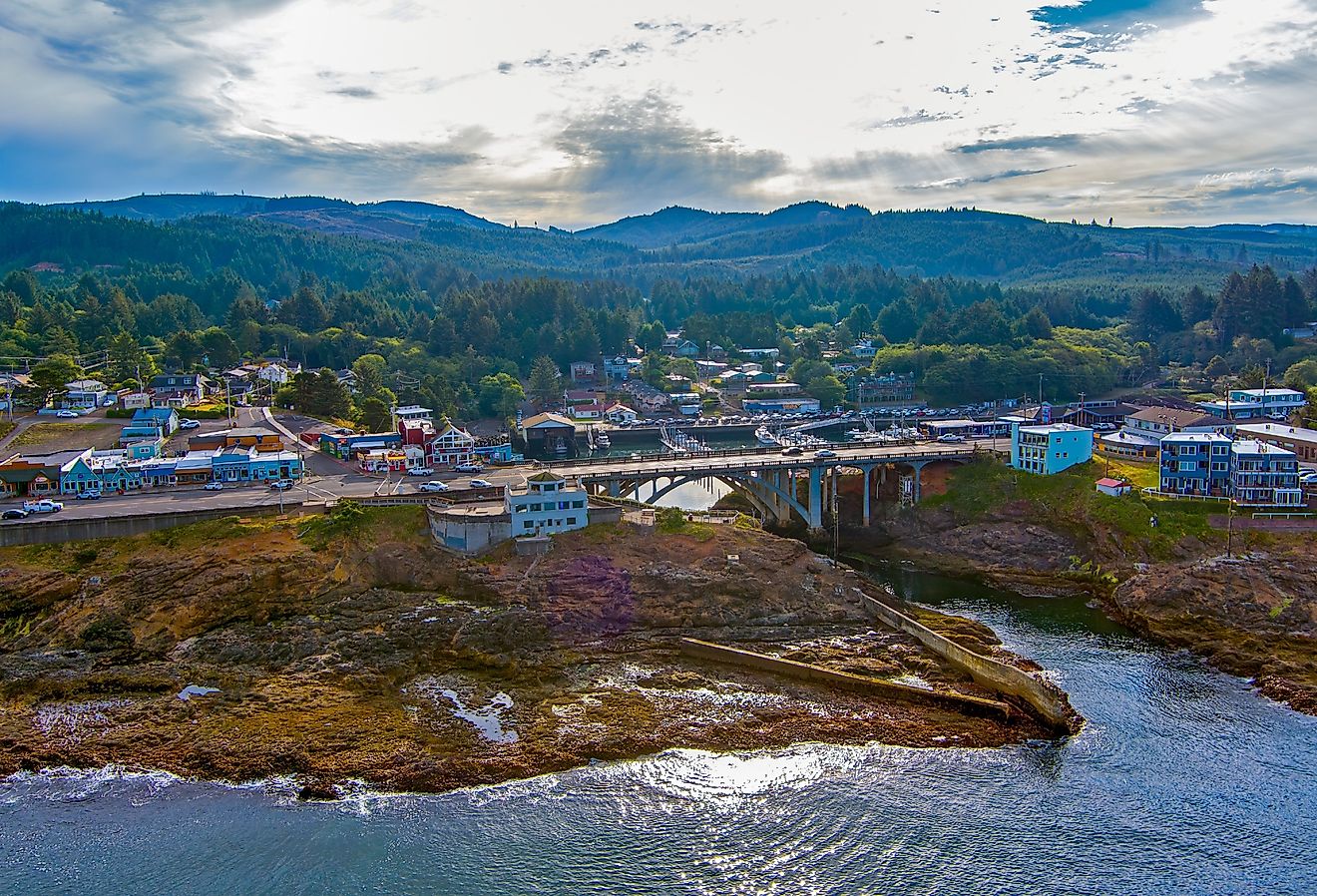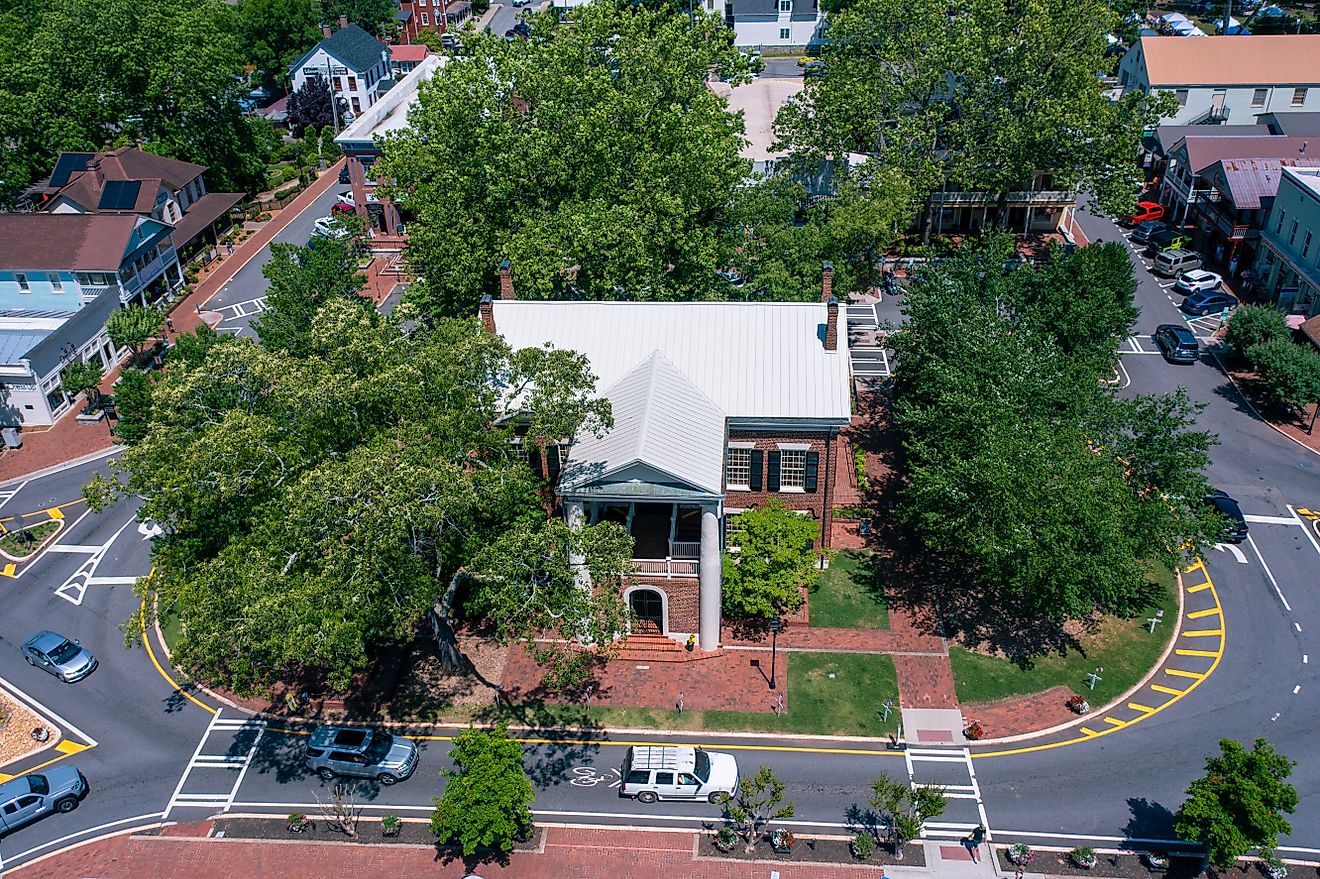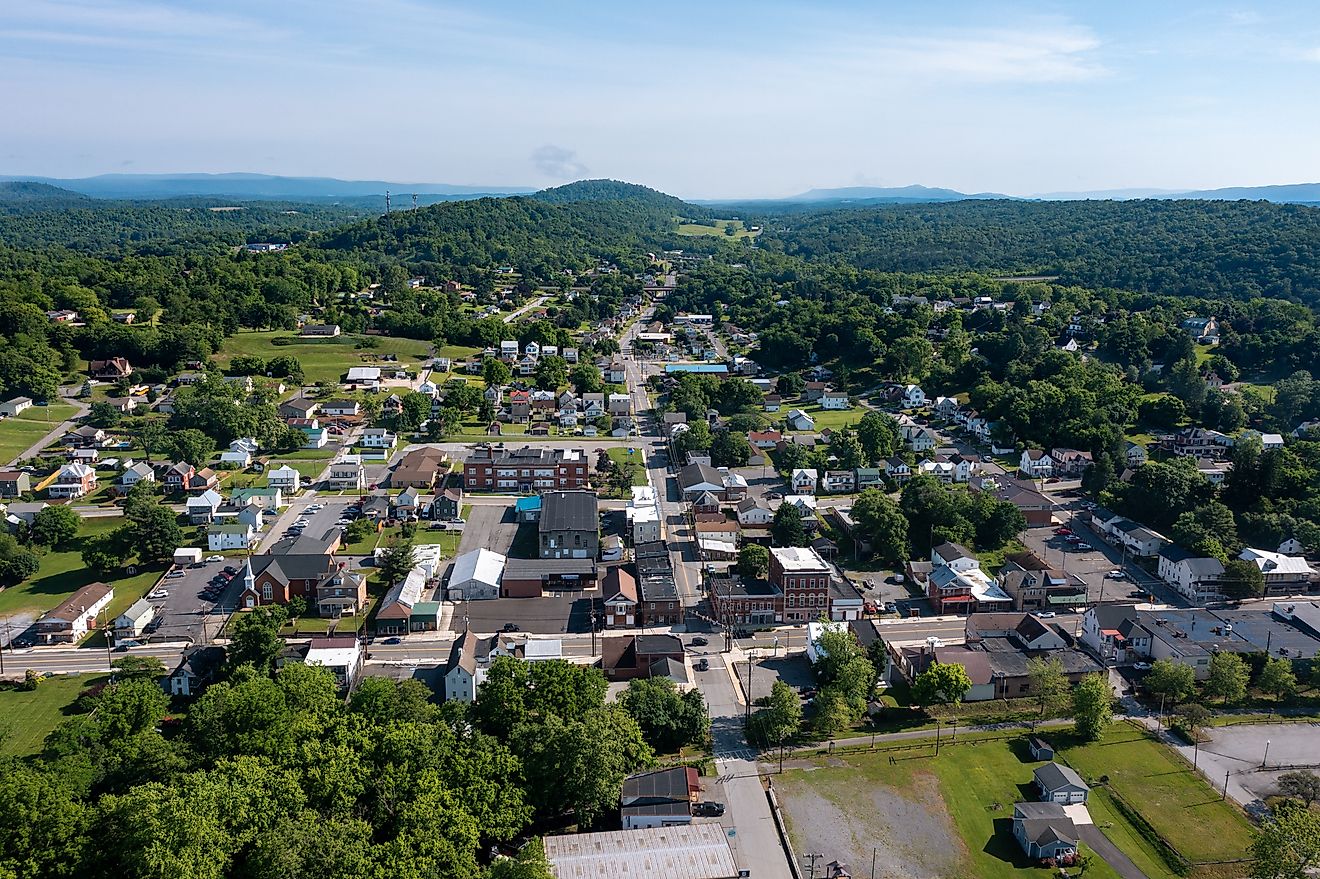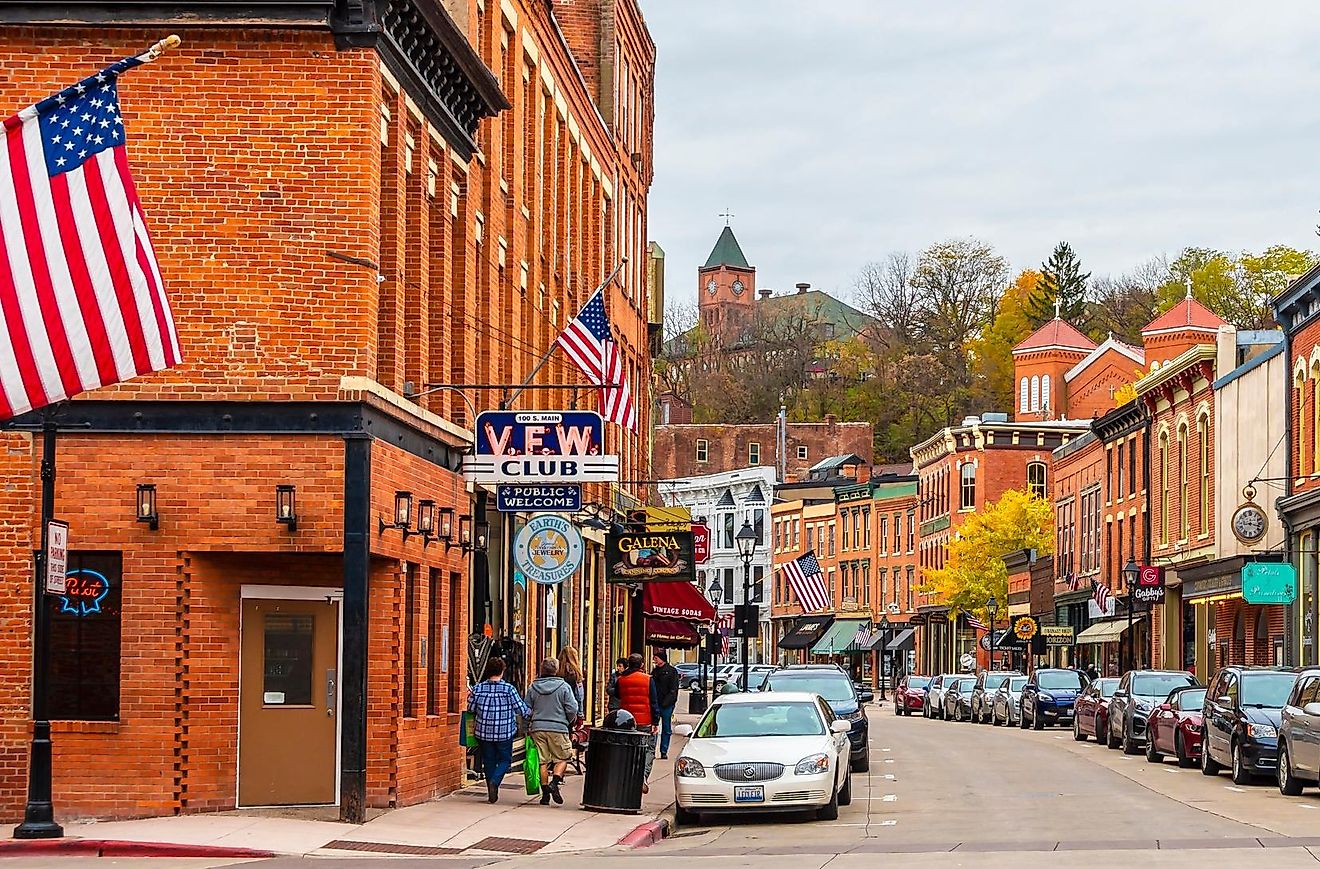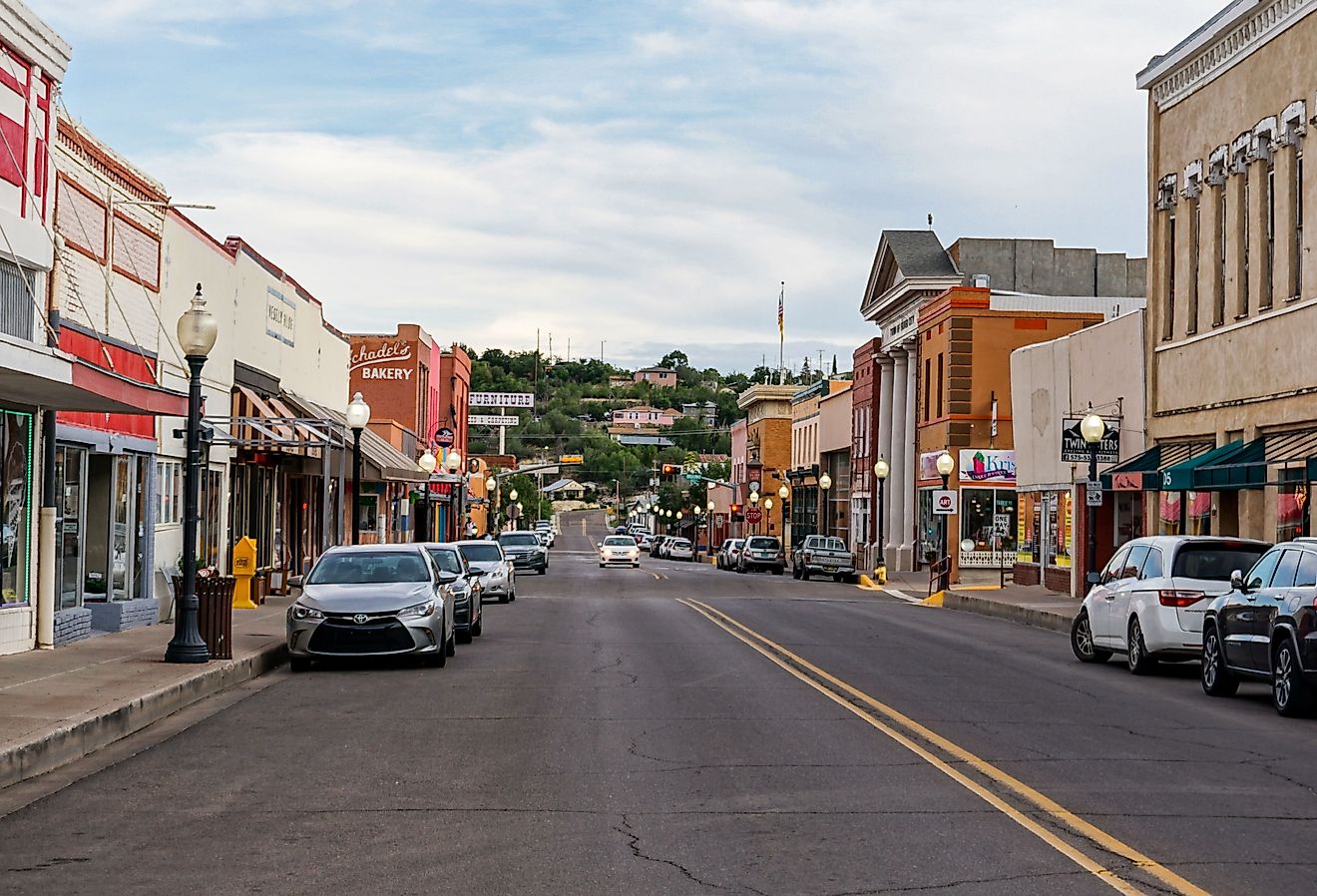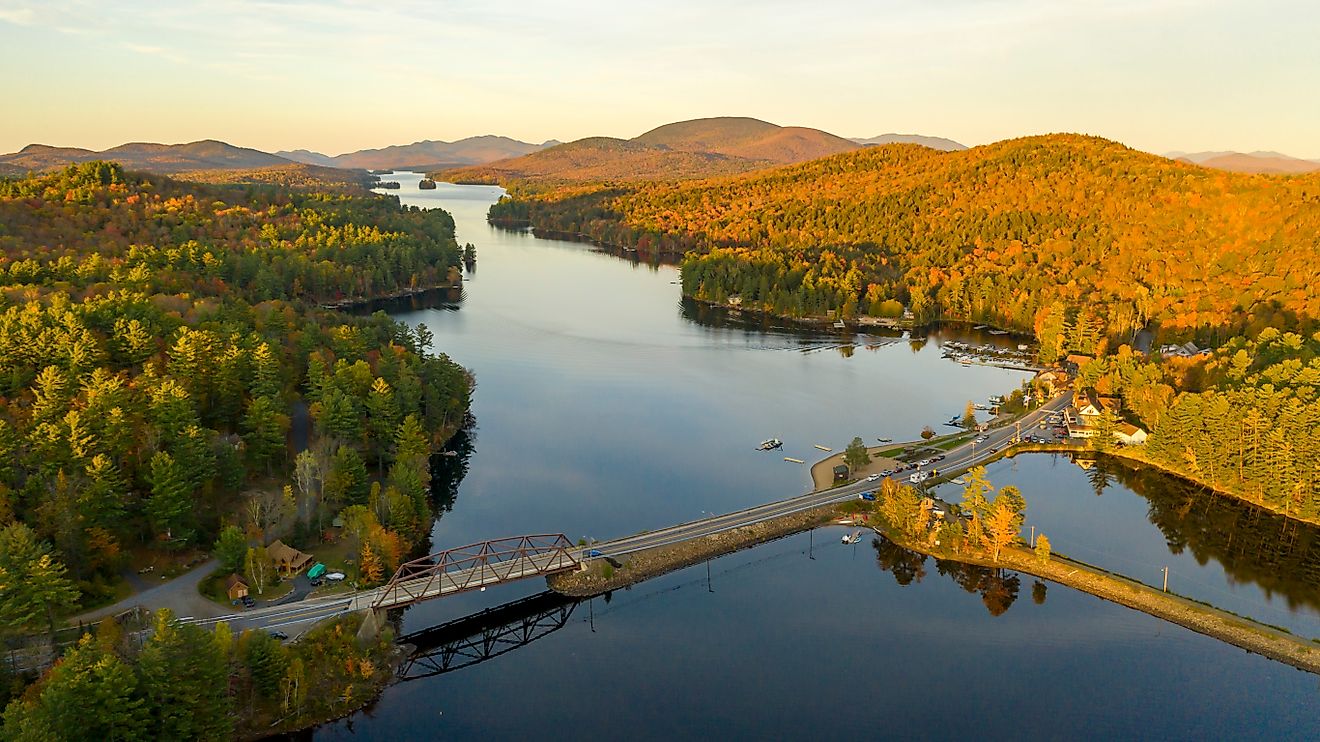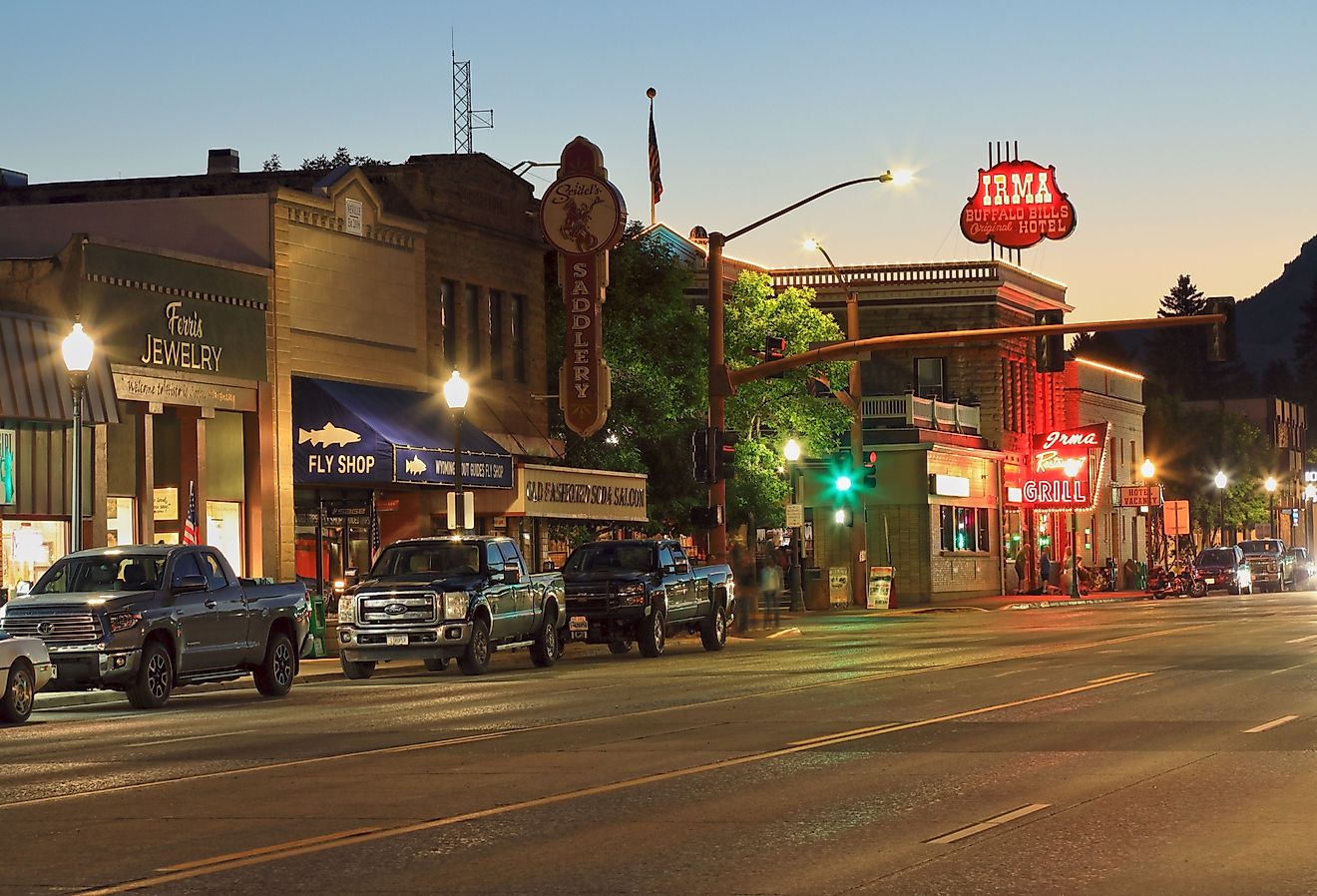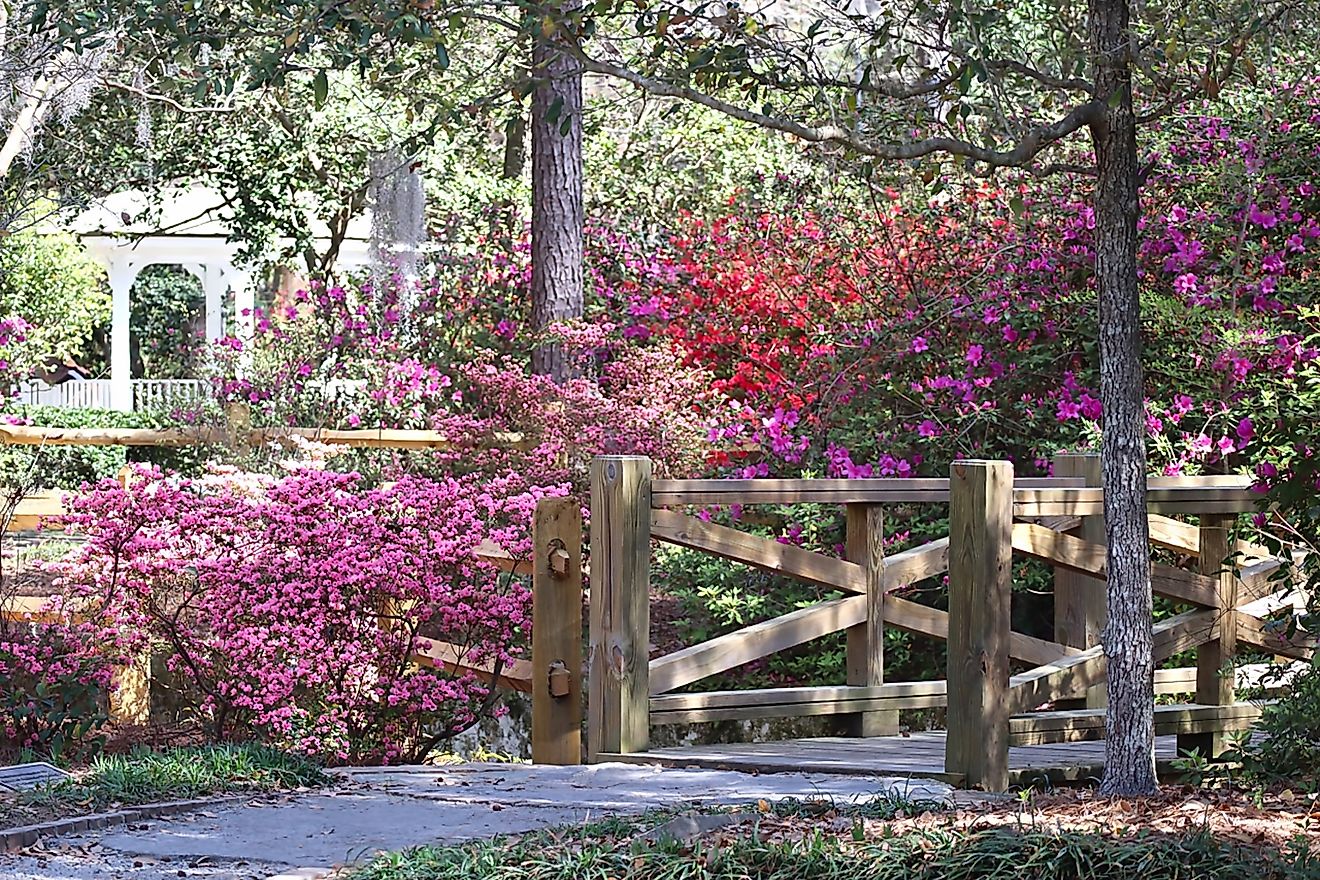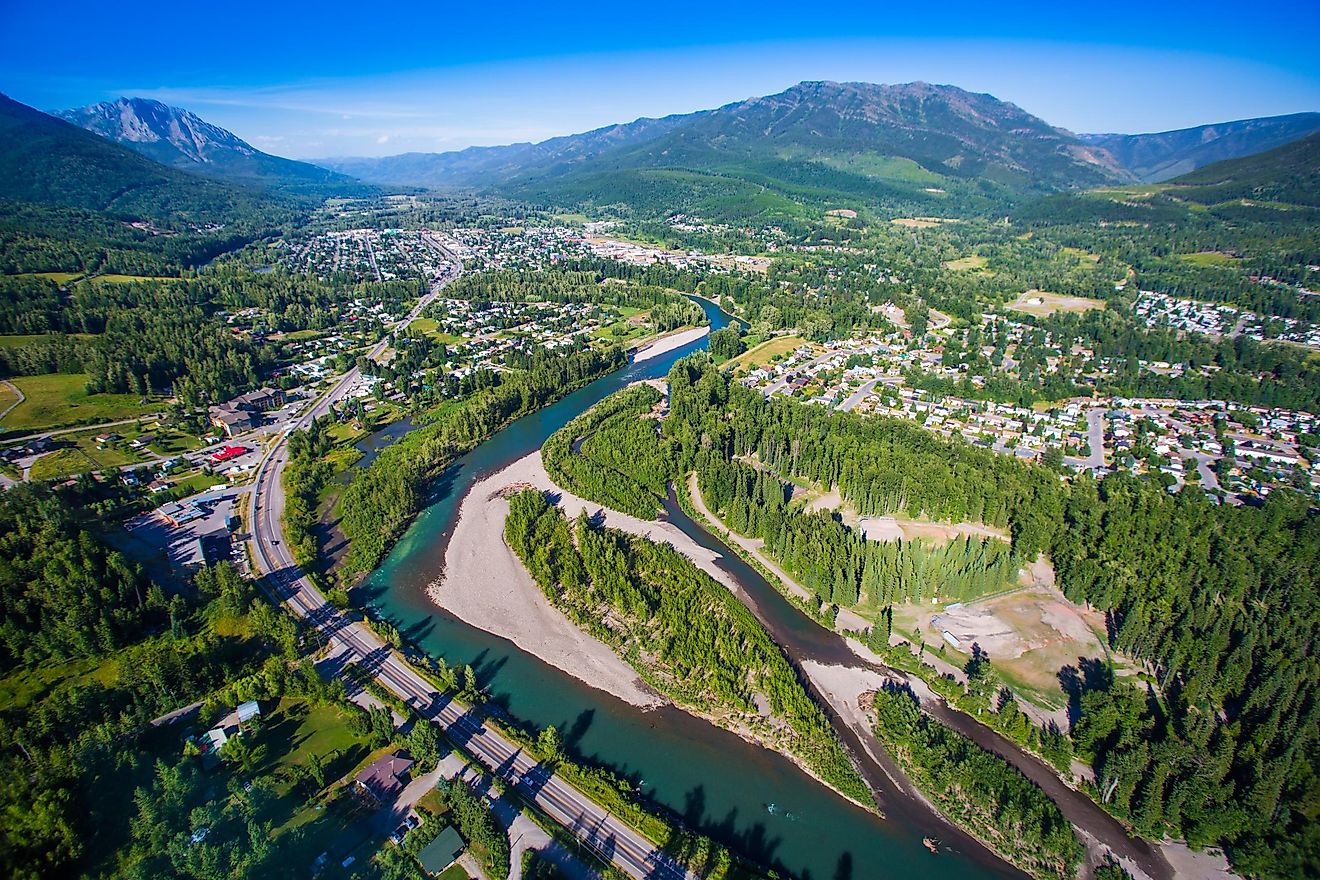
7 Quirkiest Finger Lakes Towns You Didn't Know Existed
The Finger Lakes are usually pitched for their endless tasting rooms, postcard-perfect waterfalls, and Colgate-smile college towns. Look a little closer, though, and the region starts behaving less like a wine brochure and more like a cabinet of curiosities cracked open by an over-caffeinated cartographer!
This is the Finger Lakes’ B-side, where Mennonite buggy traffic jams share the road with hop farm delivery trucks, and where an entire Main Street can be privately restored on a doll-maker’s whim.
Think of the following seven hamlets as geographical Easter eggs: you won’t stumble upon them en route to Niagara or the Corning Museum, but once found they lodge in memory like a catchy bridge in a song. Skip the headline wineries for a day, and come along on a tour of the Finger Lakes' quirkiest towns to date.
Interlaken
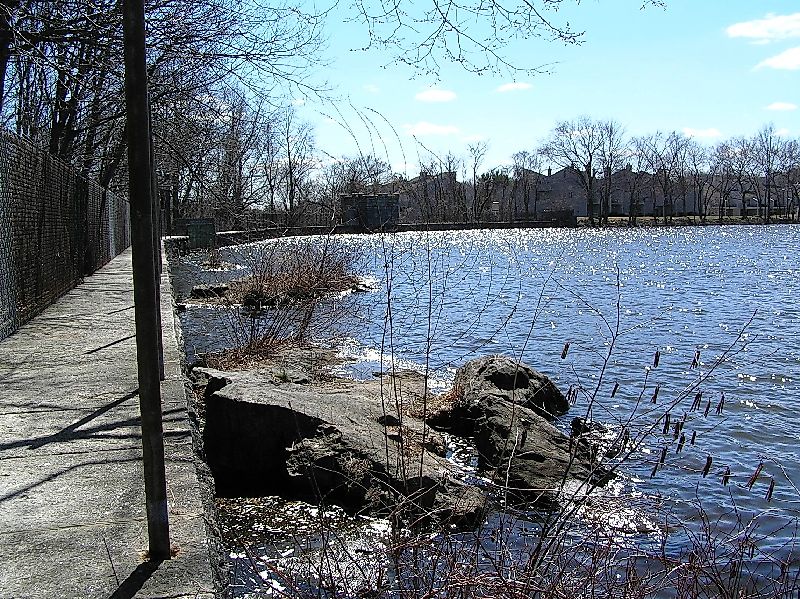
Interlaken, located between Cayuga and Seneca Lakes, stands out for its dual-county past; it once straddled Seneca and Tompkins Counties before settling into Seneca. The town’s roots as a railway hub remain visible in landmarks like the Interlaken Historical Society’s museum, which houses artifacts from the Lehigh Valley Railroad era. A rare feature is the annual Olde Home Day, where events like zucchini races and tractor parades draw crowds far exceeding the village’s population of under 600. The surrounding farmland has turned Interlaken into a cider destination, with Finger Lakes Cider House offering small-batch tastings alongside an orchard tour.
Visitors can stop at Cayuga Lake Creamery, known for flavors like Seneca Salt Caramel. For outdoor activity, Lively Run Goat Dairy hosts hands-on farm tours and cheese tastings. Breweries like Finger Lakes Cider House add another layer, with rotating taps including maple porter. Nearby, the Cayuga Nature Center features live animal exhibits and a six-story treehouse.
Rushville
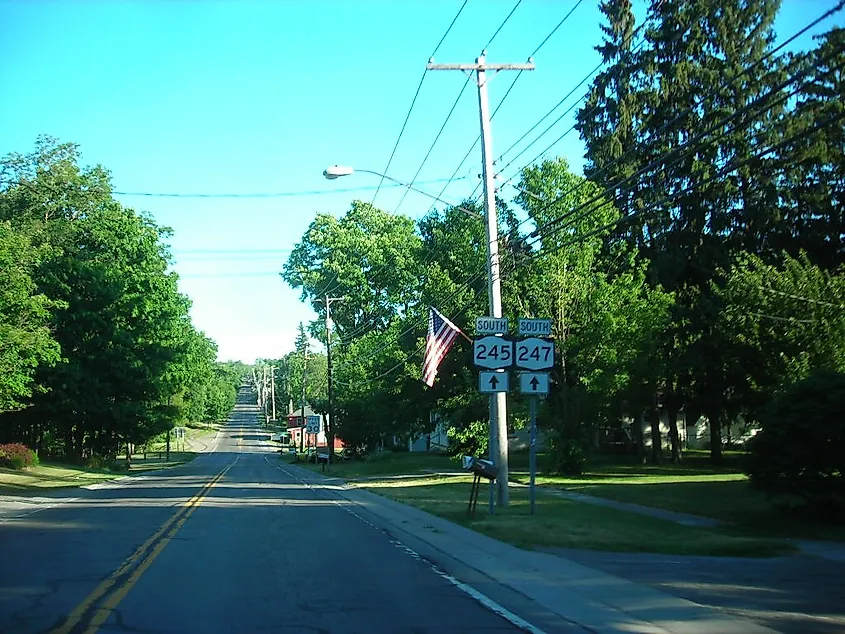
Rushville straddles the Ontario-Yates county line, a geographic quirk that divides Main Street between two jurisdictions, a fact reflected in everything from tax records to emergency services. Originally called Federal Hollow, Rushville was once a milling center along the West River, with remnants of 19th-century waterworks still visible. The village’s two-room Rushville Historical Society Museum preserves early agricultural tools and documents detailing the town’s role in regional hop production. With a population under 700, Rushville avoids the spotlight while maintaining a layered local identity tied to its borderland position.
Stop at the Mill Art Center and Gallery, housed in a former gristmill, which displays regional artists’ work and offers printmaking workshops. Just outside town, Climbing Bines Hop Farm and Brewery serves pale ales brewed with estate-grown hops. For outdoor activity, the West River flows into Canandaigua Lake at nearby Deep Run Park, a short drive east.
Lodi
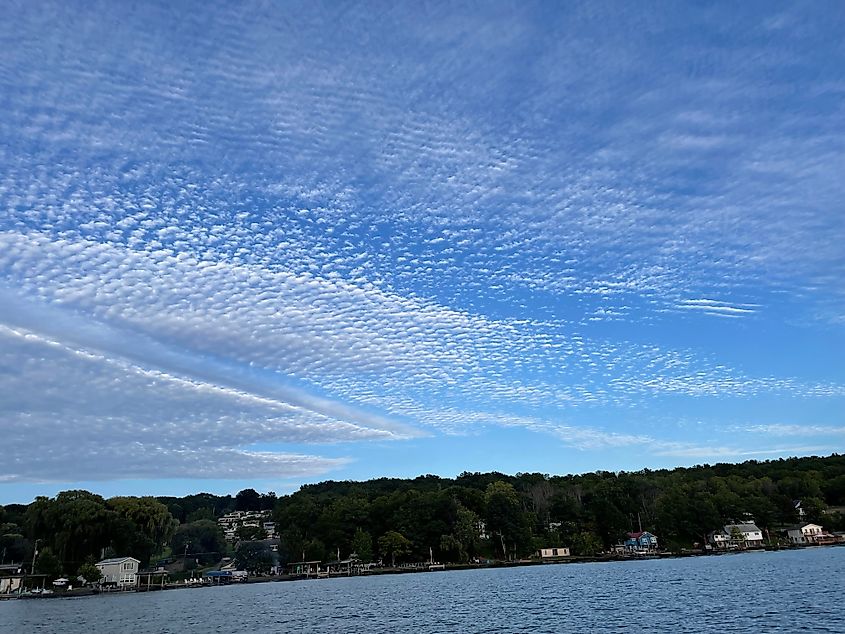
Lodi sits along Seneca Lake’s western shore and is home to Lodi Point State Park, one of the smallest state parks in the Finger Lakes, with a marina and shoreline that once served as a shipping point for local fruit growers. Originally settled by Revolutionary War veterans, Lodi became known for its vineyards, with some of the region’s earliest plantings. A lesser-known chapter of its history includes the Seneca Army Depot’s influence just south of town, a former Cold War site now known for its white deer population.
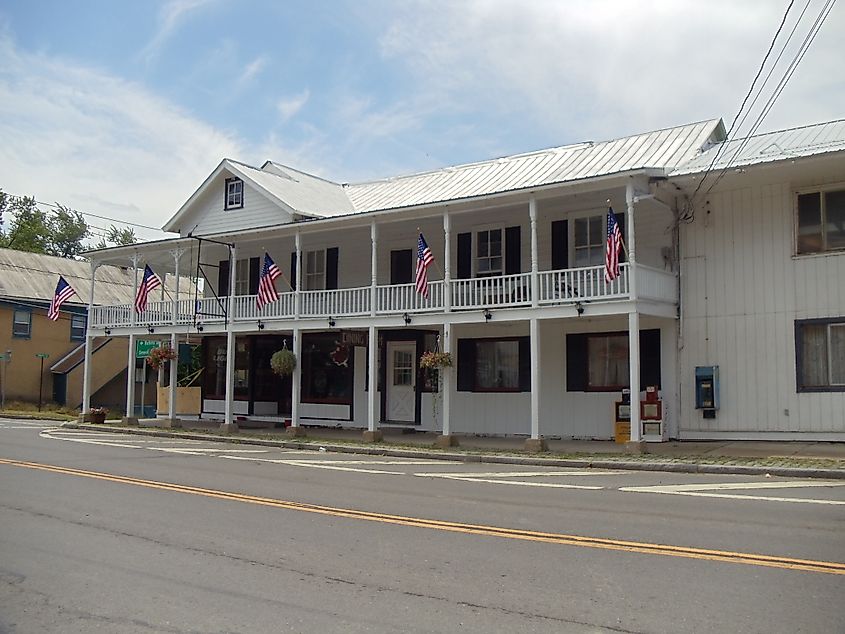
The nearby Fulkerson Winery offers estate-grown Cabernet Franc and Riesling, with tasting flights inside a barn that predates Prohibition. Silver Thread Vineyard, tucked into the east side, emphasizes organic practices and lake-view tastings. The Lodi Historical Society, housed in a former church, holds archives on local abolitionist movements. Dining options include Ginny Lee Café, located at Wagner Vineyards, serving dishes paired with estate wines. Hiking trails at nearby Smith Memorial Park provide access to the lakeshore, drawing visitors looking for quiet spots off the main wine trail.
Pulteney
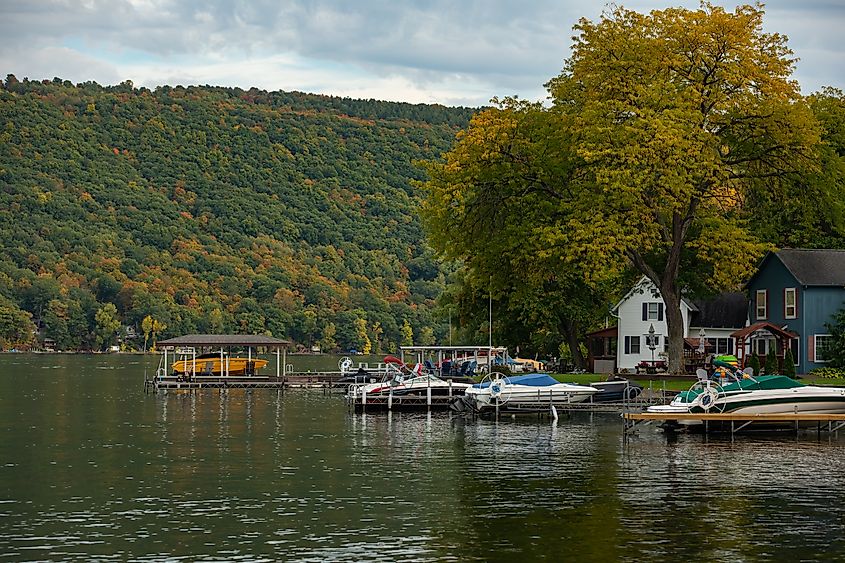
Pulteney overlooks Keuka Lake’s western bluff, offering one of the highest vantage points in the Finger Lakes, a location that shaped its agricultural past and isolated character. Originally part of the Pulteney Purchase, the town attracted Scottish settlers in the early 1800s, whose stonework remains visible in barns and churches. The Pulteney Free Library, established in 1891, holds a collection of regional genealogy records, providing insight into the town’s immigrant roots and farming history.
Bully Hill Vineyards, known for estate Concord and hybrid varietals, offers tastings and a museum chronicling its founder’s disputes with the New York wine industry. The Steuben Brewing Company on County Route 76 specializes in small-batch lagers brewed with local barley. At the Bluff Point Golf Resort, nine-hole rounds come with panoramic lake views.
Barrington
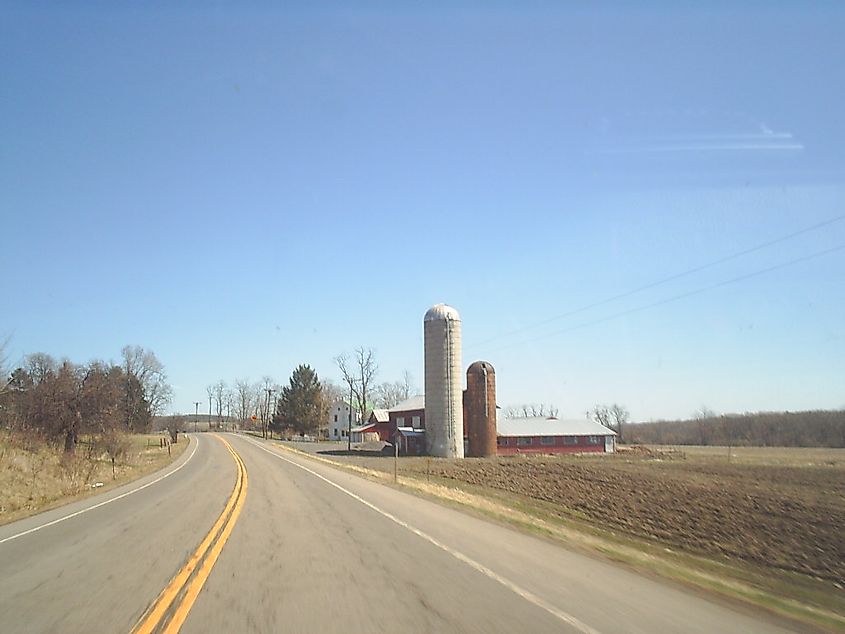
Formed from parts of Reading and Wayne in 1822, Barrington’s history centers on sheep farming and hop production, remnants of which survive in stone fences and 19th-century barns. Barrington’s Mennonite population continues to shape its economy, with horse-drawn buggies common on local roads and handcrafted goods available at roadside stands.
Barrington Cellars produces estate-grown Rieslings and red hybrids, with tastings held in a restored farmhouse. A few miles south, the Keuka Lake Outlet Trail cuts through the township’s edge, offering hikers and cyclists access to mill ruins. Visitors can also explore handmade furniture at nearby Amish and Mennonite workshops scattered along Route 54.
Middlesex
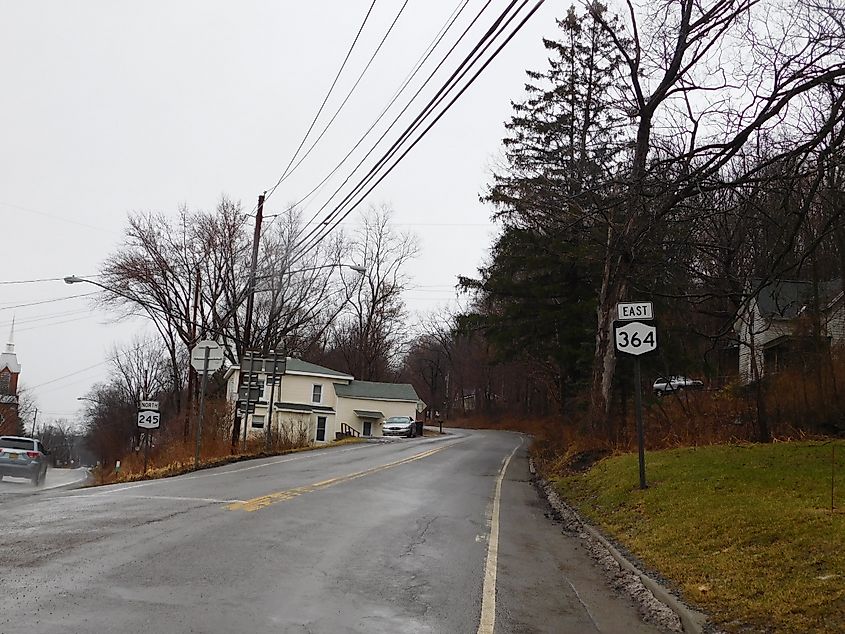
Middlesex lies near the southern end of Canandaigua Lake and is best known as the home of Bare Hill, the site of Seneca oral traditions tied to the Great Serpent and the birthplace of the legendary Seneca Nation. Bare Hill Unique Area preserves this heritage, with a trail leading to the summit and a stone circle that continues to attract visitors during the annual Ring of Fire celebration when residents light flares along the lakeshore. Middlesex’s early history includes its role as part of the Phelps and Gorham Purchase, and the Middlesex Heritage Group maintains archives documenting its Indigenous and settler past.
Heron Hill Tasting Room at Bristol hosts wine flights with Canandaigua Lake views just north of town. The Middlesex Valley Trail offers a walking path through wetlands and wooded areas, connecting to local birding hotspots. South of town, Valley View Farm provides horseback trail rides through the surrounding hills. In the hamlet center, Middlesex Hose Company occasionally opens its historic firehouse for public events, adding a civic touchpoint to the village’s landscape.
Aurora
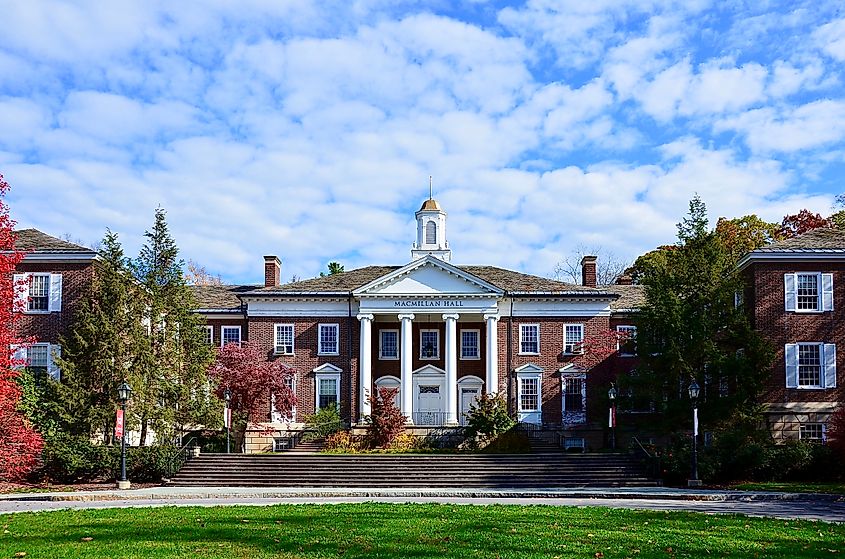
Aurora sits on the eastern shore of Cayuga Lake and is defined by its transformation under Pleasant Rowland, founder of American Girl, who funded the restoration of nearly every historic building in the village. Originally a shipping port and home to Wells College, Aurora retains a 19th-century streetscape that serves as both campus and community. The village also hosts the headquarters and flagship store of MacKenzie-Childs, known for its hand-painted ceramics and whimsical home furnishings, set on a farm overlooking the lake with gardens open to the public.
Visitors can tour the Wells College campus, where Louis Jefferson Long Library holds rare manuscripts and rotating art exhibits. Dining options include the Fargo Bar & Grill, a former tavern serving pub fare, and 1833 Kitchen & Bar inside the Aurora Inn, offering a lakefront dining room. Bet the Farm Winery and Gourmet Market stocks Finger Lakes wines alongside regional cheeses and preserves. Long Point Winery, just north of the village, produces Cabernet Franc and dry Rieslings. Aurora Arts and Design Center houses studios and galleries for regional artists, adding a contemporary layer to the town’s preserved setting.
Step off the well-poured wine trail and you’ll find the Finger Lakes still tinkering in attics and barn lofts. Here, cideries share horizon lines with goat dairies, hop kilns scent crossroads where buggies clatter, and a doll magnate’s Main Street teaches architecture to dream again. These seven hamlets aren’t detours—they’re the region’s secret operating system, upgrading visitors with stories bottled nowhere else for rainy porches and winter firesides shared later.
